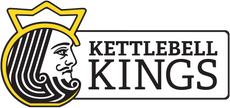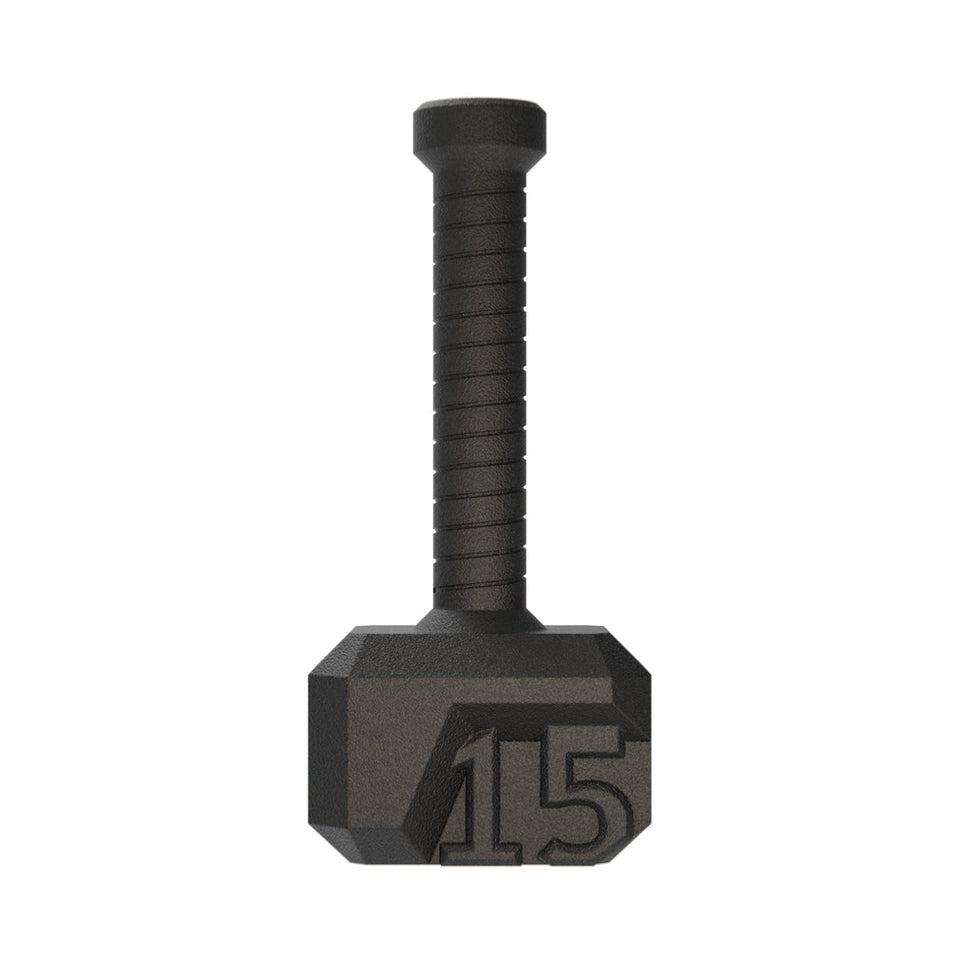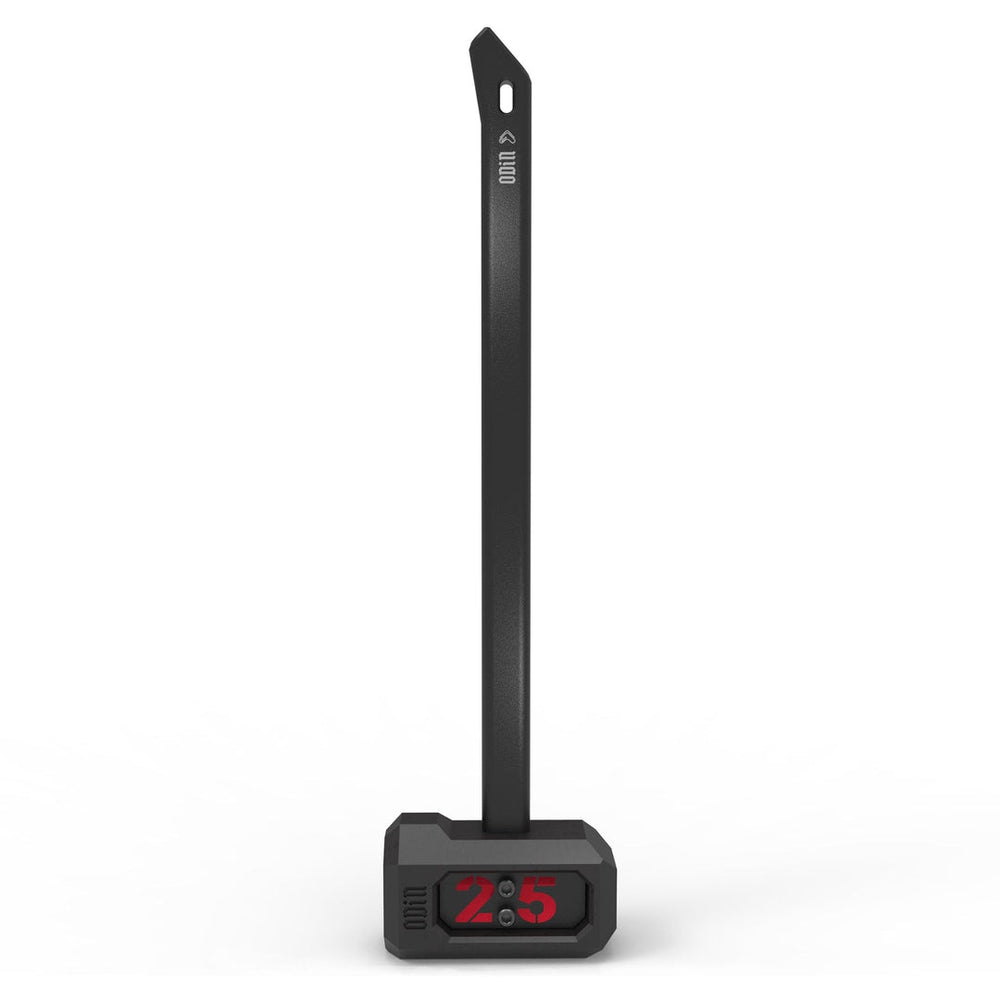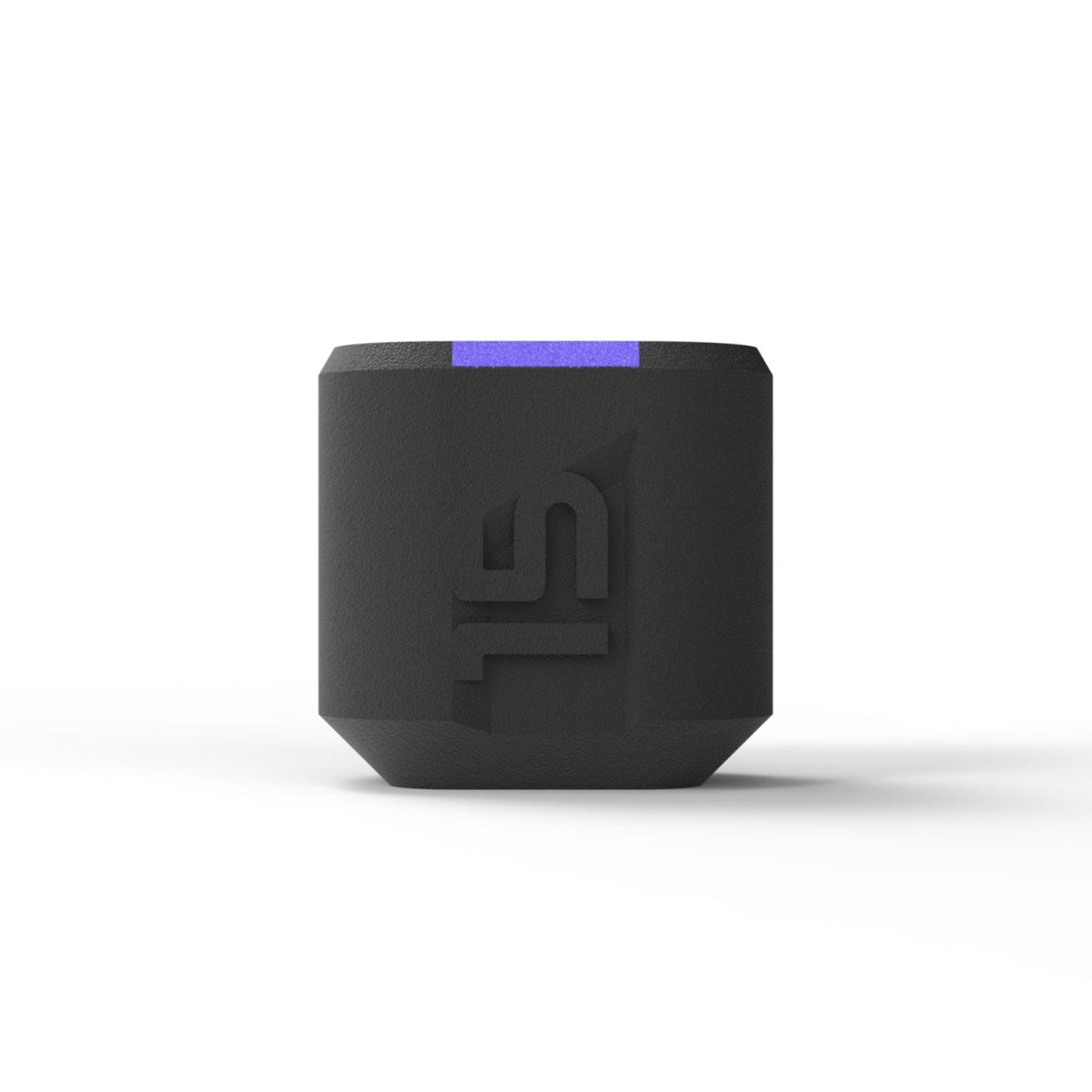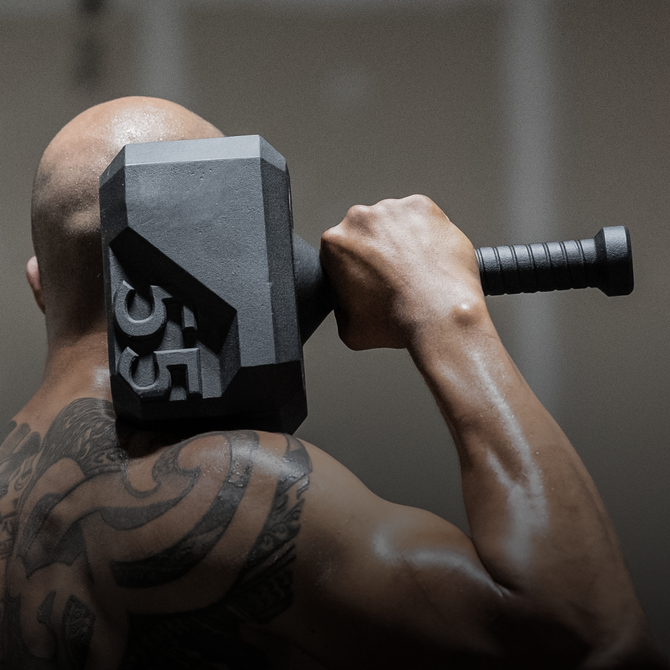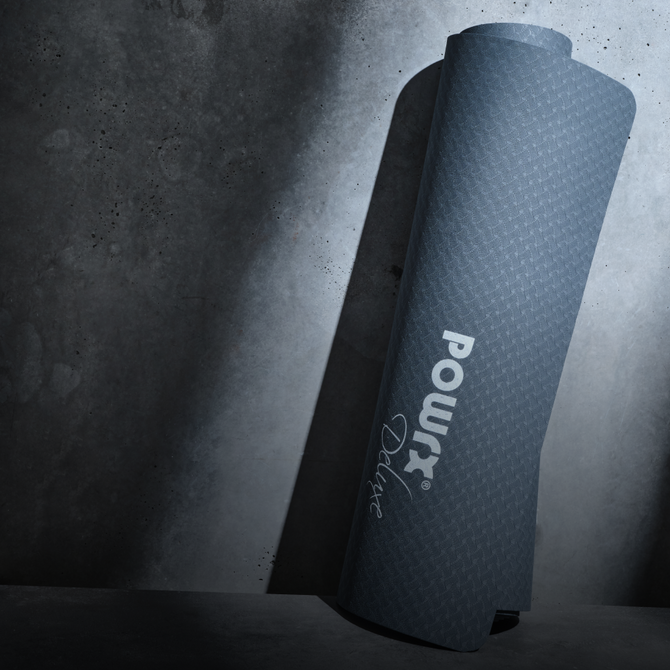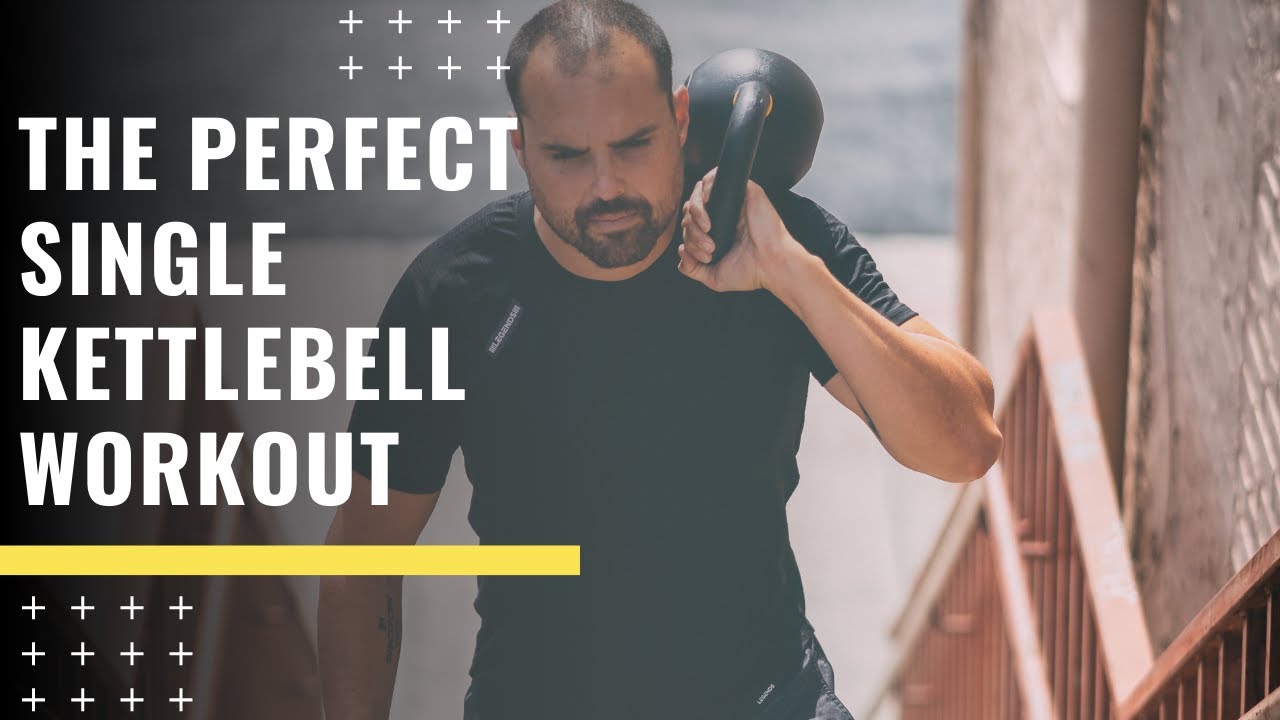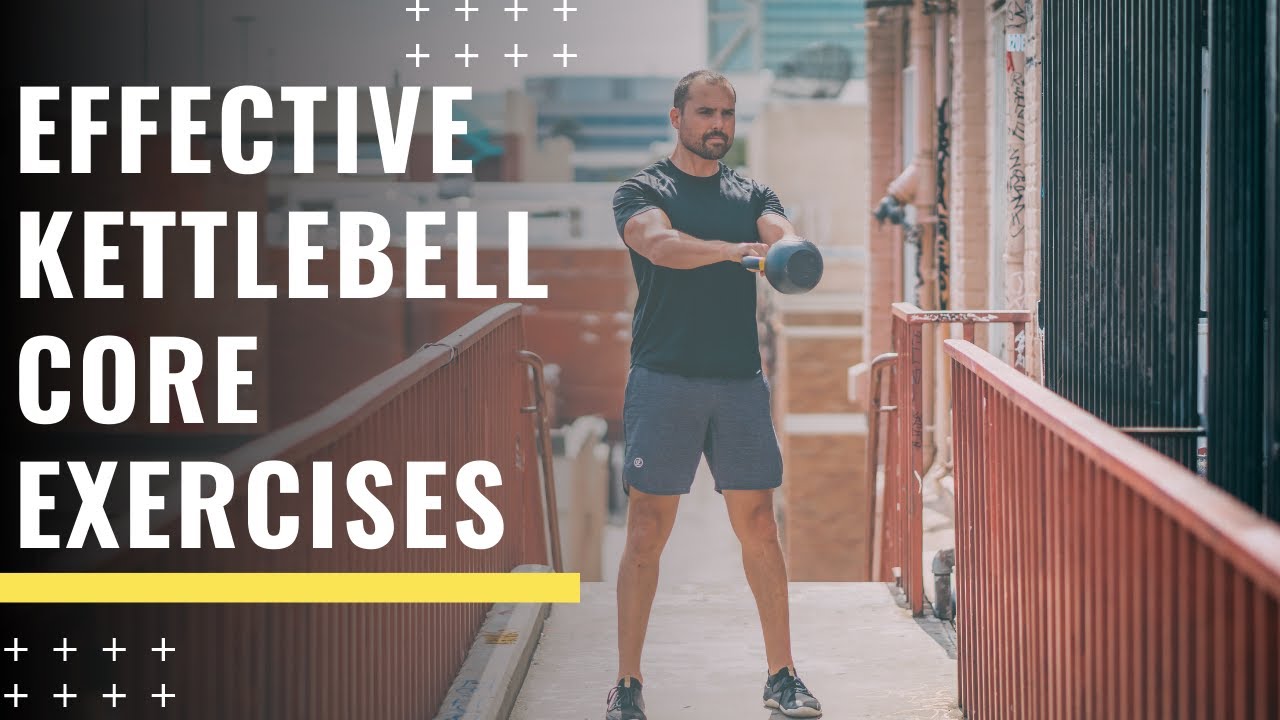It is important to understand what muscles are working during a kettlebell swing and how to identify your own weaknesses if you want to effectively include these in your training.
So, what muscles are used in the kettlebell swing? The kettlebell swing is a great full-body exercise; Working the glutes, hamstrings, quadriceps, erectors, trapezius, rhomboids, deltoids, and abdominals. Different variations can be used to target each muscle group more and target your own weaknesses.
In this article, I will discuss…
- What each muscle is contributing to during the kettlebell swing,
- How to identify weak muscles in your own kettlebell swing, and;
- Which kettlebell swing variations you can include to overcome those weaknesses.
Kettlebell Swings: Muscles Worked
The kettlebell swing is a full-body exercise, working muscles in both the upper and lower body.
The muscles worked in kettlebell swings are:
glutes
Glutes are going to be the primary muscle you are training during the kettlebell swing.
They are responsible for causing the hip extension throughout the movement and help generate the power and momentum that gives this movement the swing of the arms alongside the shoulders.
hamstrings
Similar to the glutes, the hamstrings will be working to extend the hip throughout the movement. The more your knees bend throughout the exercise, the less you will be loading your hamstrings.
In other words, if you keep your legs straighter during the kettlebell swing, the more hamstring activation you'll have.
The hamstrings also act as a knee stabilizer to counteract the forces created by the quadriceps.
quadriceps
The quadriceps cause knee extension, and thus are most active in the bottom range of motion where the knees are the most bent.
More knee flexion throughout the exercise will lead to more quadriceps involvement; however, this is not usually the goal of this exercise.
erectors
The spinal erectors serve a key role in the kettlebell swing; they extend your spine, or in this case, prevent it from rounding over throughout the movement.
This is important as rounding in the low and mid back increases shear forces through the spine, and may lead to pain or injury.
Beyond this, the erectors also cause back extension, taking the torso from a horizontal position (the bottom of a kettlebell swing) to a vertical position (the top of a kettlebell swing)
trapezius
The trapezius acts to maintain shoulder and upper back position throughout the movement.
Keeping the shoulders in a neutral position rather than allowing them to protract (pull forward) is key for keeping the shoulders stable throughout the swinging motion.
Just like you do not want rounding at the low to mid back, you also want to maintain position in your upper back.
rhomboids
The rhomboids serve a similar function as the trapezius by working to keep the shoulders and upper back position stable throughout the movement.
This will be particularly prominent at each end of the range of motion resisting the pulling of the kettlebell in each direction.
Deltoids
While momentum from the hip extension will contribute to the swing of the kettlebell, the deltoids will be contributing to the movement and controlling the eccentric (lowering) phase too.
This effectively acts as a front raise, which is the best exercise you can do for your front deltoids.
abdomen
The abdominals serve the opposite purpose of the erectors, acting to flex the spine, or in this case resist hyperextension of the spine.
This will be most prominent at the top of the movement where the momentum of the kettlebell may contribute to excessive spinal extension.
Identifying Weak Muscles In The Kettlebell Swing
Feeling Like A Quad Exercise
If your kettlebell swings feel more like a quadricep exercise than a glute and hamstring exercise, this could be a sign that you are lacking strength here.
Focus on reducing your knee flexion at the bottom of the movement and drive pressure through your heels to keep the load in your posterior chain.
All Hamstrings And No Glutes
Glutes should act as the primary hip extensor in the competition kettlebell swing, if you feel like this is more of a hamstring exercise, or like they are doing all the work, it may be highlighting a glute weakness.
Try incorporating a wider stance with more knee flexion throughout the movement.
More Of A Front Raise Than A Swing
If you feel like you are simply front-raising the kettlebell rather than using the momentum of the movement to swing the kettlebell upwards then this is indicative of either a lower body (glute, hamstring, and quad) weakness or simply using a load that is too heavy.
Trial a lighter load and look to move with more hip extension intent to provide the momentum needed.
Sore Lower Back
A sore lower back is likely due to rounding and a lack of stability here throughout the movement caused by weak erectors.
Cut the bottom range of motion slightly until you have developed the strength to maintain position here.
Muscles Used In Kettlebell Swing Variations
Chest Supported Kettlebell Swings
These act as a great regression exercise for those looking to establish proper use of the lower body muscles, before incorporating more of the upper body.
Stiff Legged Kettlebell Swings
Similar to a normal swing in every aspect, except you will be minimizing the knee flexion in order to reduce the quadriceps involvement and maximize the work done by the hamstrings.
Single arm kettlebell swings
This is a great option for those looking to challenge their upper body more.
By doing this single arm your abs, obliques, upper and lower back, and shoulders are working even harder to maintain position and resist rotation.
Frequently Asked Questions:
-
Do Kettlebell Swings Work Abs?
- Kettlebell swings work the abs to stabilize the spine throughout the movement and resist hyperextension at lockout.
-
Do Kettlebell Swings Work Biceps?
- Kettlebell swings do not usually work the biceps. If you are flexing your elbows to swing the kettlebell up then yes, the biceps will be working, however, in most cases, you want to keep your arms locked.
References
Lyons, B., Mayo, J., Tucker, S., Wax, B. and Hendrix, R. (2017) 'Electromyographical Comparison of Muscles Activation Patterns Across Three Commonly Performed Kettlebell Exercises' Journal of Strength and Conditioning Research, 31( 9), pp.2363-2370.
McGill, S. and Marshall, L. (2012) 'Kettlebell Swing, Snatch, and Bottoms-Up Carry: Back and Hip Muscle Activation, Motion and Lower Back Loads' Journal of Strength and Conditioning Research, 26(1), pp. 16-27
Van Gelder L, Hoogenboom B, Alonzo B, Briggs D and Hatzel B (2015) 'EMG Analysis and Sagittal Plane Kinematics of the Two-Handed and Single-Handed Kettlebell Swing: A Descriptive Study 'International Journal of Sports Physical Therapy, 10(6), pp.811-826.
Author information
Avi holds a Master's of Science degree in Exercise Science with a research focus on strength training and powerlifting. Avi has been the Head Coach for Team Canada Powerlifting since 2012 and is the Founder of PowerliftingTechnique.com , where he has written over 600 articles on strength training and sport performance. As an athlete, Avi achieved a bronze medal at the IPF World Bench Press Championships and holds a career-high bench press of 227.5kg raw and 300kg equipped.
